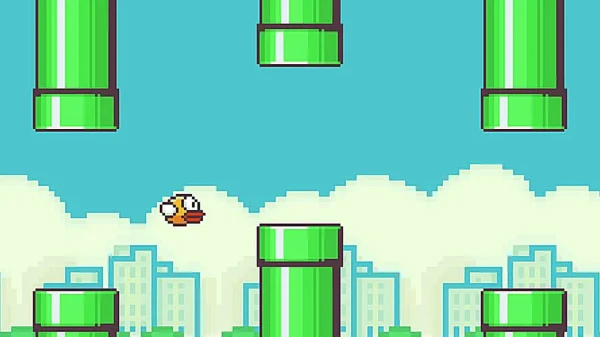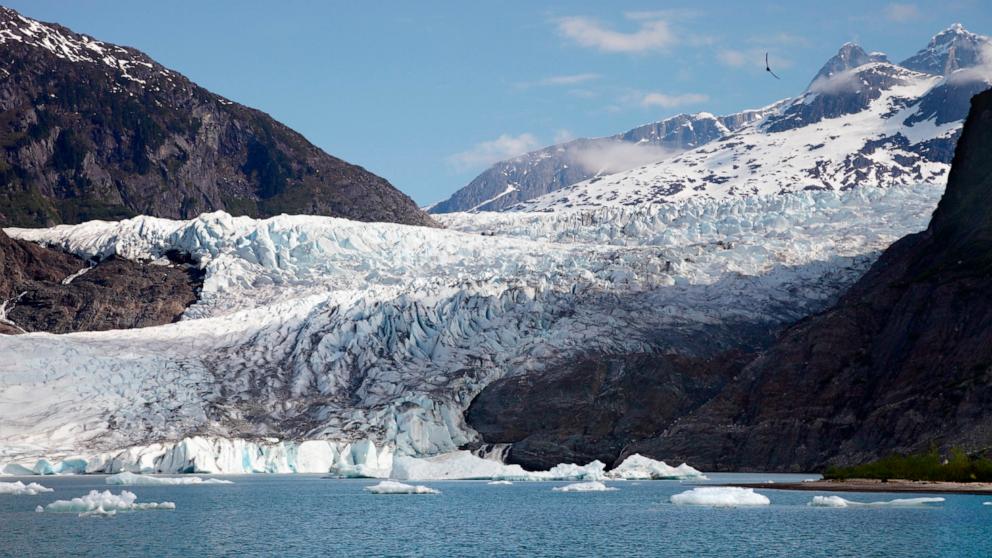The Juneau Icefield, located on the Alaska-Canada border near Juneau, is experiencing accelerated melting that threatens to pass an irreversible tipping point, according to recent research published in Nature Communications.
This vast icefield, comprising numerous glaciers, serves as a poignant example of climate feedback mechanisms at work. Rising temperatures have steadily pushed the “end-of-summer snowline” upwards, exposing more ice to sunlight and higher temperatures, thereby triggering increased melting.
Historical analysis stretching back to the end of the “Little Ice Age” around 250 years ago reveals a significant acceleration in ice loss since 1979. This trend intensified notably after 2010, with glaciers shrinking five times faster from 2015 to 2019 compared to the preceding decade.
The diminishing snow cover and lengthening melt seasons are causing the icefield to darken, reducing its reflective capacity and exacerbating melting rates.

Juneau Icefield Faces Irreversible Melting Threat Amid Accelerated Glacier Loss and Climatic Feedback Mechanisms
The structural dynamics of the Juneau Icefield are critical: its top-heavy glacier formations, with substantial ice reserves at higher altitudes, are increasingly vulnerable as the plateau thins and lowers due to ongoing melt.
This feedback loop of melting begetting further melting suggests that even if global temperatures were stabilized, the icefield may struggle to stabilize or recover. This precarious situation underscores the potential for reaching a point of no return, driven by atmospheric warming at lower elevations that perpetuates the loss of snow and ice.
Research methodologies have evolved to track these changes, combining satellite imagery with on-ground surveys of moraine ridges and historical aerial photographs dating back to the mid-20th century.
This comprehensive approach, albeit challenging in the rugged terrain and climatic conditions of the region, provides crucial insights into glacier behavior over time and highlights the complexities involved in predicting their future trajectories.
As the global community grapples with the implications of accelerated glacier melt worldwide, understanding these localized feedback mechanisms is crucial for refining predictions and developing effective climate adaptation strategies.
The urgency of addressing these changes is underscored by the fact that collectively, glaciers are currently losing more mass than even the vast Greenland or Antarctic ice sheets, with thinning rates doubling over the past two decades alone. This research thus serves as a stark reminder of the rapid and profound impacts of climate change on Earth’s cryosphere.








































